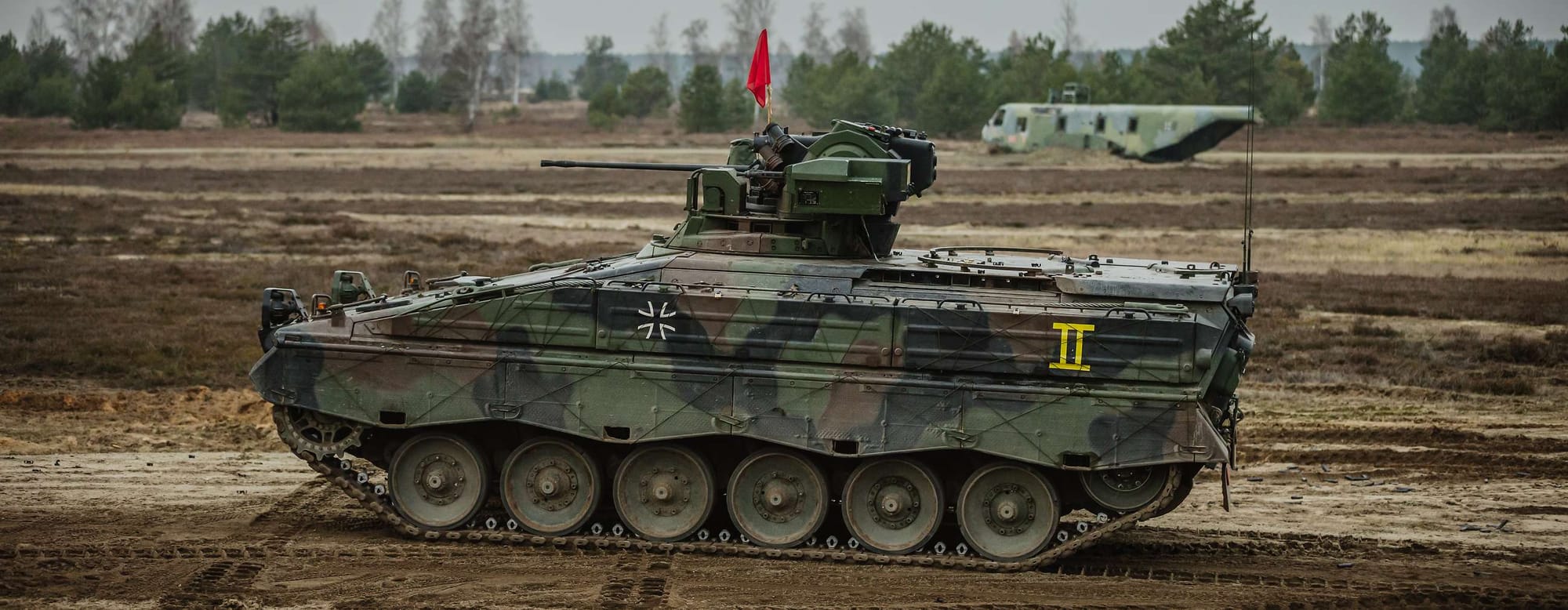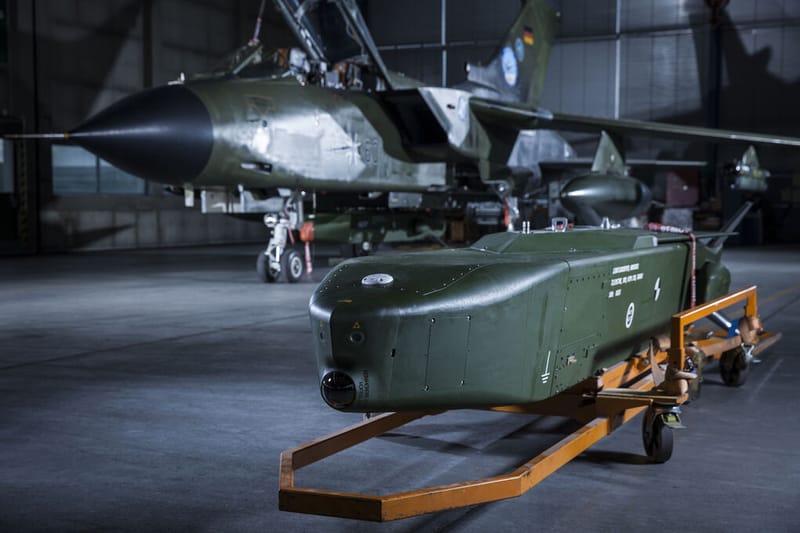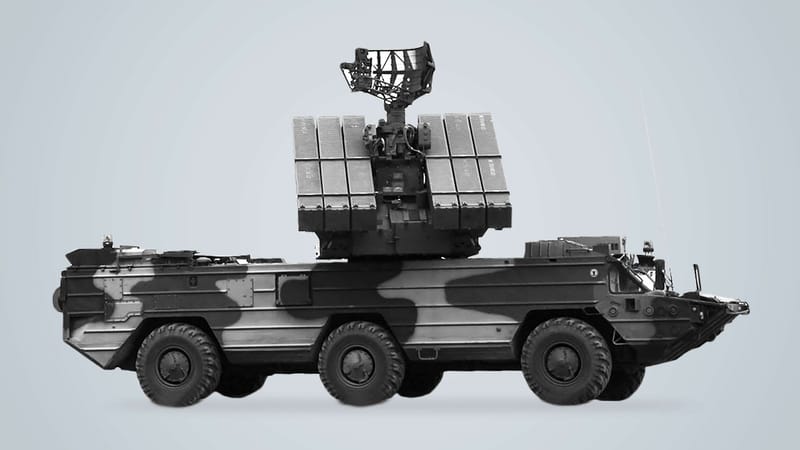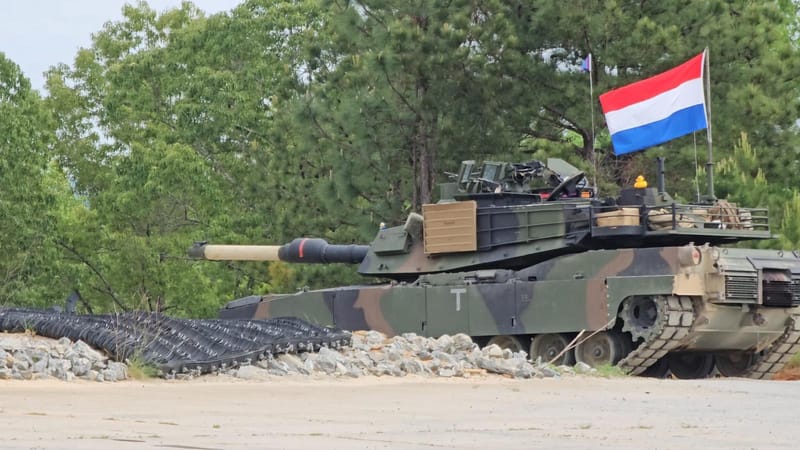German Weapons in Ukraine: Failing Under Fire — or Misunderstood?
German military systems face criticism in Ukraine over technical faults, according to a leaked Bundeswehr report — but Berlin and Kyiv attribute the problems to complex wartime conditions.

Recent media reports have reignited scrutiny over the reliability of German-supplied weapons in Ukraine, following a fresh Bundeswehr leak amid intensified Russian offensives and Ukraine’s countermeasures.
The coverage cites alleged technical failures, complex repair logistics, and high maintenance demands. Yet, responses from Ukrainian officials and the German Ministry of Defense suggest a more nuanced picture—one that blends wartime realities with evolving tactical adaptation.
German Weapons Failing? A Leaked Bundeswehr Report and the Front Lines
According to an internal Bundeswehr report surfaced by NDR, WDR, and Süddeutsche Zeitung, Ukrainian forces are experiencing significant issues with German weapon systems. The Panzerhaubitze 2000 self-propelled howitzer reportedly suffers from high technical fault rates and burdensome repairs. Similarly, the Leopard 1A5 is said to be used as makeshift artillery due to weak armor, and the Leopard 2A6 poses challenges with its complex field maintenance requirements.
This echoes earlier concerns around Bundeswehr hardware like the Puma IFVs, where fire safety systems and strict environment policies rendered vehicles noperable, or - on a larger scale - the Bundeswehr’s troubled modernization efforts in general, including implementation delays and structural inefficiencies in the €100 billion defense fund of the so-called German 'Zeitenwende' policy.
Despite the headline commitment, internal friction between the MoD, Bundestag budget committees, and the defense industry continues to hamper disbursement and execution.
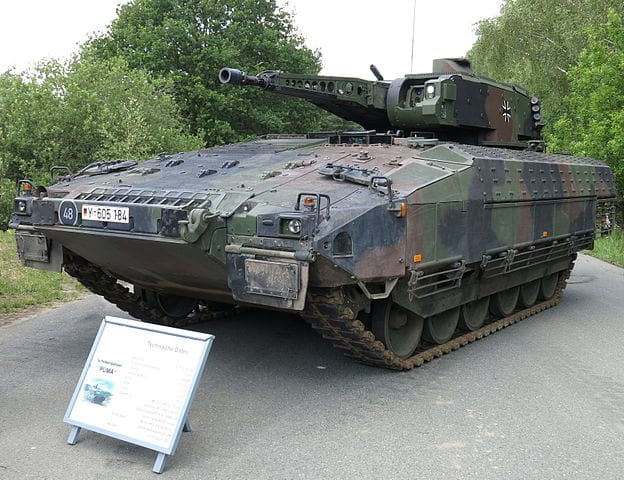
However, these issues are not isolated to German systems. Even U.S.-supplied M777 howitzers and HIMARS launchers have shown signs of wear under sustained use in Ukraine, often requiring parts and expertise unavailable near the front. This broader pattern makes the missing NATO-alignment brutally visible. It repeatedly manifests as a fundamental mismatch between high-end Western military engineering and the logistical attrition of extended, high-intensity warfare.
Berlin Reacts: Surprise, Denial, and Pragmatism
German Defense Minister Boris Pistorius (SPD) expressed "astonishment" at the claims, emphasizing regular contact with Ukrainian partners who had not communicated any major dissatisfaction.
CDU defense spokesperson Henning Otte took a more pragmatic view, suggesting the Ukrainian army is still mastering the operation and repair of such advanced systems. This view aligns with earlier NATO assessments that identified a rather steep learning curve for partner forces transitioning from Soviet-era platforms.
Beyond just operating the hardware, challenges include training sufficient technical personnel, translating manuals, and adapting maintenance infrastructure—tasks that are rarely headline-grabbing but crucial for sustained combat effectiveness.
Ukrainian Perspective: High Praise, Realistic Demands
Contrary to the critical tone of German media, Ukraine’s Ambassador to Germany, Oleksii Makeiev, defended the performance of German arms. He called them “among the best” in Ukraine’s arsenal, superior to Russian systems and highly effective in combat. His remarks mirror earlier praise for systems like the Gepard anti-aircraft tank—widely regarded as one of the most tactically effective and reliable German platforms deployed in Ukraine.
Makeiev acknowledged challenges, but framed them as expected side effects of deploying equipment in unprecedented high-intensity combat conditions. “This is not a scandal—it’s a learning process,” he noted, referring to repair chains and logistics being tested under fire.
This mirrors the experience seen with NATO fighter jets like the F-16 and potential platforms like Sweden’s Gripen or France’s Mirage. As highlighted in our analysis of Ukraine’s air fleet transformation, the introduction of Western aircraft has revealed major gaps in infrastructure, maintenance capacity, and tactical doctrine. Wartime deployment of these advanced systems isn't just a matter of hardware—it exposes the underlying readiness of logistics chains and operational frameworks under real combat stress.
For a detailed examination of these integration challenges, see our article on F-16, Gripen, and Mirage jets in Ukraine.

Why Advanced Systems Struggle in Real War: Complexity vs. Combat Readiness
Military expert Christian Mölling offered a pointed explanation: many German systems were designed in peacetime and reflect civilian maintenance standards rather than battlefield realities.
This concern resonates with broader debates about Germany’s procurement strategy and how industrial and logistical frameworks must be adapted for prolonged wartime conditions.
The reported issues also highlight a perceived (or observed) mismatch between advanced technology and the rugged, fast-paced needs of frontline logistics. These challenges might be considered one reason of a broader rethink in system design in the defense industry—seen, for example, in next-gen Rheinmetall modular unmanned ground systems built for modularity and simplified field servicing.
Rheinmetall’s growing prominence—both as a supplier and strategic actor—signals a broader shift in German defense thinking: away from peacetime optimization and toward battlefield pragmatism, modularity, and scalability.
Not a Scandal, But a Stress Test: What the German Arms Debate Really Reveals
Rather than indicating a systemic failure, the current debate illustrates the growing pains of adapting complex Western military systems to the brutal testing ground of the Ukrainian battlefield. In that sense, the discourse is not about failure, but transformation—of Germany’s defense doctrine, Ukraine’s operational proficiency, and NATO’s broader logistical planning.
Despite the criticisms, German officials reaffirm that communication with Kyiv remains "close and ongoing." Suggestions for improvements are being taken seriously, and German military planners are already analyzing feedback from Ukrainian frontlines to update operational protocols.
As Ukraine continues to push for NATO interoperability, and Berlin accelerates its procurement reforms, the performance of German systems under fire will remain a bellwether for both tactical credibility and strategic reliability.
For more related stories, visit our dedicated section on Germany’s Zeitenwende defense policy—featuring in-depth coverage of strategic reform, procurement challenges, and evolving military doctrine—only on grosswald.org.


